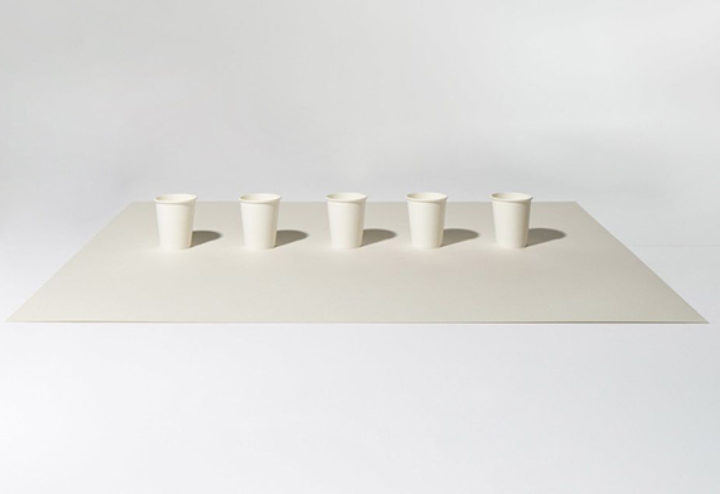Sustainable Stories: Can disposable paper coffee cups be recycled?

Coffee powers the UK, but the beautiful bean has a bad side product. The takeaway packaging.
In the UK, we use 4,861 disposable paper cups a minute, which translates to seven million single-use cups a day or just over 2.5 billion a year. Until recently, these couldn’t be recycled due to the challenge of separating the polyethylene lining from cellulose fibres.
Cellulose fibres are the building blocks of paper and paper-based surfaces. They originate from plant sources like wood, rags, grass and more. In production, virgin, pre-consumer and post-consumer fibres can be used.
Virgin fibres are manufactured from raw material (wood, rags, grass etc.) and are praised for their length on which material strength rests. Strongest virgin fibres will always come from wood. Pre-consumer fibres are based on factory waste, while post-consumer fibres are obtained via recycling schemes from consumer-facing products and packaging.
Each cycle of recycling cellulose fibres leaves them shorter, resulting in more fragile surfaces. As a result, cellulose fibres can go through the recycling process only four to seven times before being too short to be deemed usable.
Due to hygiene, health and safety reasons, disposable paper cups are mainly produced out of virgin fibres. These are tightly bonded with polyethylene lining, which ensures internal surface of the cup is waterproof and therefore able to contain liquid.
CupCycling technology is solving the material separation challenge by breaking the paper cup into cellulose fibres, minerals and plastic waste. Furthermore, through partnerships and collaborations, this technology motivates trash collectors to send coffee cups for processing. This is a reward system that’s sustainable for the whole supply chain.
Value of this process is best demonstrated through Extract. Its production combines valuable paper cup (i.e. cellulose) waste with virgin material to make this pioneering paper substrate.
And yet, despite securing key industry partnerships, only 1 in 400 cups in the UK are currently recycled. The goal? To improve the collection and sorting process so as to ensure that this number significantly rises, and coffee becomes not just a great drink, but also has a sustainable story.
With this in mind, when designing the digital experience in collaboration with SharpEnd, we have imagined how the reward system could be extended onto the consumer. By interacting with the QR code on the coffee cup the customer can get reward stamps for recycling the coffee cup in designated area, as well as learn about the daily impact made through cup recycling.
Of course, plastic lids are another problem… and we will address plastic in our next post.
In the meantime, if you are interested in creating sustainable stories through mindful selection of colours, materials and finishes, do not hesitate to get in touch and let’s chat some more!


Posted 09 December, 2019 by Katie Kubrak